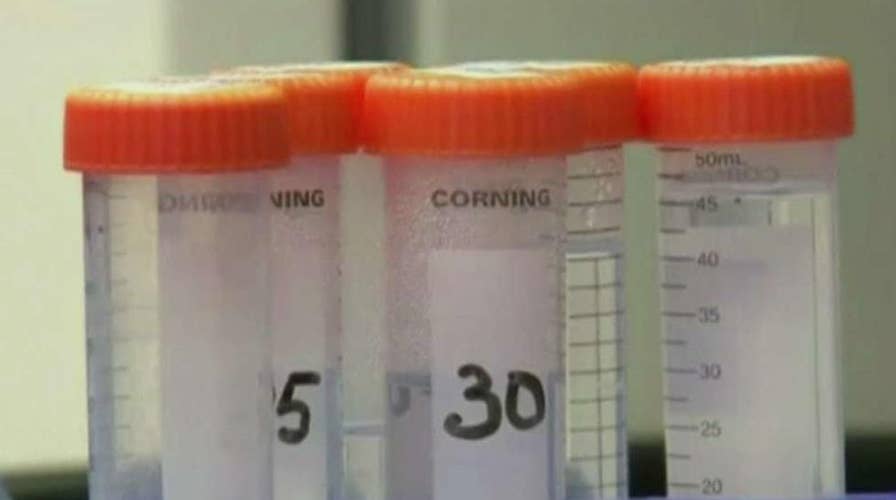Doctors may have cured second man of HIV.
Doctors in London performed a bone marrow transplant on the patient and are calling the results 'long-term remission'; Steve Harrigan reports.
When I was a medical intern in the mid-1980s at Bellevue Hospital in New York City, HIV/AIDS afflicted almost half of my inpatients and was a terrible death sentence.
We have made enormous progress since then.
These days, anti-HIV drugs are not only well tolerated and prevent patients from spreading the virus, but also allow HIV positive patients to live a normal life. Genetic research gives hope that we may be able to cure HIV one day soon. In the meantime, two anti-HIV drugs reduce the risk of acquiring the virus by close to 100 percent in high-risk patients.
PROGRESS TOWARD HIV PREVENTION HAS 'STALLED,' CDC SAYS
Nevertheless, HIV remains a huge worldwide problem. It affects close to 40 million people, including more than 1 million here in the U.S. Globally, over 20 million people take anti-HIV drugs, but 15 million infected people do not. Over a quarter of those who have HIV don’t even know it. This must be addressed through education and intervention.
The President’s Emergency Plan for AIDS Relief (PEPFAR), which was started during George W. Bush’s administration, has made a huge impact. It has provided medication to more than 14 million HIV patients around the world with funding of more than $80 billion. President Bush told me in an interview a few years ago that he is very proud of the program, though he humbly refrained from taking personal credit for it.
Unfortunately, President Donald Trump’s proposed budget requests a $1.35 billion cut to PEPFAR. This is wrong. PEPFAR has done a lot of good in the world, and controlling and stamping out HIV globally should remain a top health priority.
However, when it comes to fighting HIV in America, the Trump administration’s budget is quite useful. It asks for $291 million to help end the U.S. epidemic, with the Centers for Disease Control and Prevention (CDC) receiving $140 million to help them advise and work with state and local health departments with the goal of reducing new infections.
An additional $120 million would be given to the Ryan White HIV/AIDS Program – a part of the Health Resources and Services Administration which “provides a comprehensive system of HIV primary medical care, essential support services, and medications for low-income people living with HIV who are uninsured and underserved.”
More than half of the people living with diagnosed HIV in the U.S. (more than 500,000 people) are treated through this program every year. The president is right to expand its funding. The CDC has determined that HIV mostly impacts the economically disadvantaged in urban areas of the U.S.
But the new budget isn’t a win across the board for HIV patients in the U.S. Critics point out that changing Medicaid to block grants to the states, as the budget proposes, could jeopardize some services to HIV patients. The budget also proposes cuts to the Housing Opportunities for Persons with AIDS – a federal program that helps low-income people with HIV/AIDS and their families access housing.
CLICK HERE TO GET THE FOX NEWS APP
Stamping out HIV/AIDS will require a multi-faceted approach. Genetic research, global outreach and education, continuation of PEPFAR to fifty countries and more, and expanded services and treatments here at home – especially to underserved patients with a lower socioeconomic status.
An HIV-free future, which seemed impossible back when I was a medical intern, now looks possible, provided that the U.S. continues its great commitment to fighting it here and around the world.

